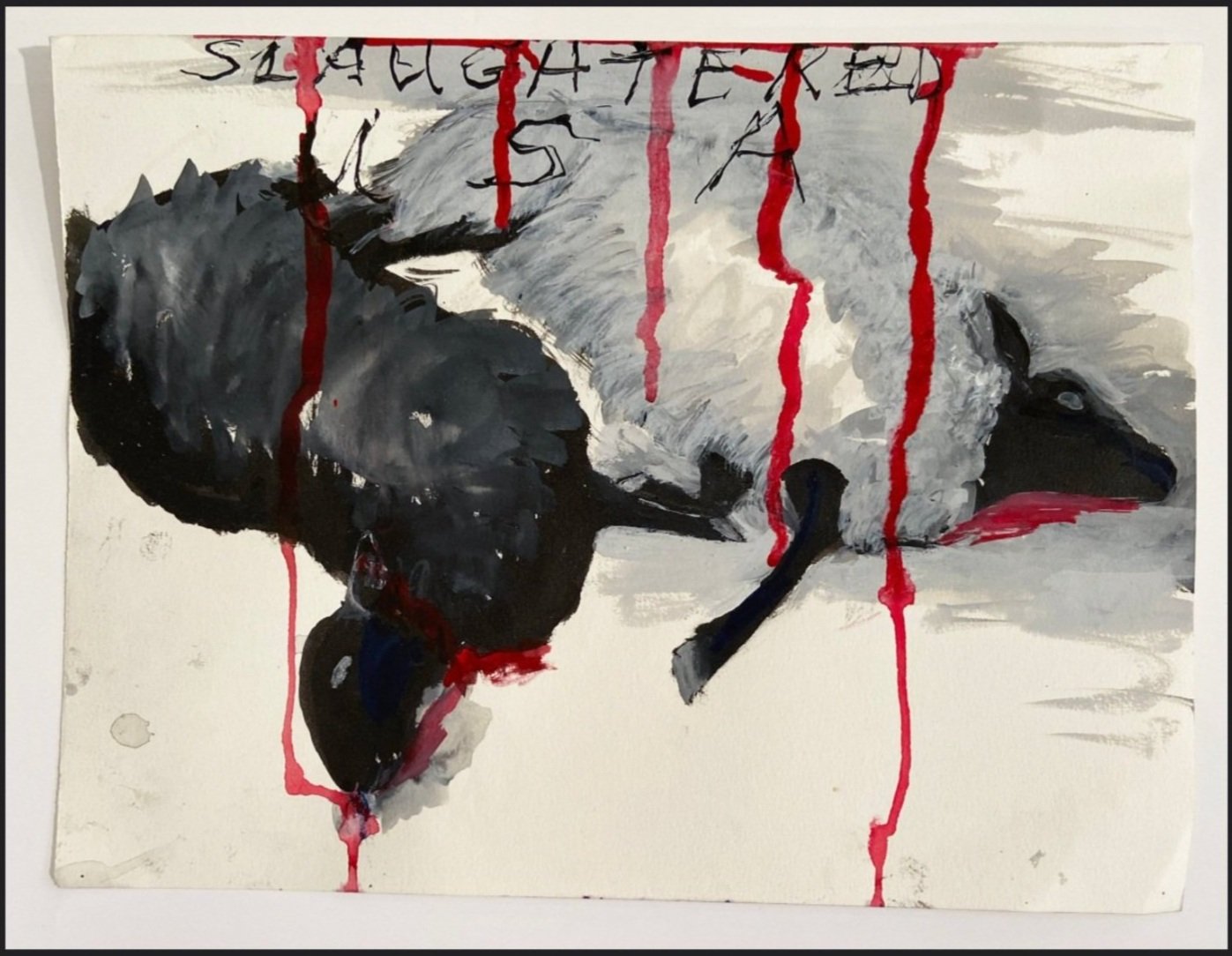MARTHA EDELHEIT
PAINTER and SCULPTOR
“Imagine if, in the late 1950s, Martha Edelheit had managed to attract the attention that went to figures like Robert Rauschenberg and Jasper Johns. Our art history textbooks might have ended up looking a whole lot more colorful and lively—and strange—than they do.”
Martha Edelheit, Another Postwar Talent Left Out of Art History’s Storyline, Art Net News, Blake Gopnik, February 1, 2017
Slaughtered USA, 2016, acrylic and ink on rag paper, 23 x 30.5 cm
Gutted, 2016, acrylic on rag paper, 23 x 30.5 cm
Flayed, 2016, acrylic and ink on rag paper, 23 x 30.5 cm
Slaughtered, Flayed, Gutted, 2016, acrylic and ink on rag paper, 23 x 30.5 cm
“I’m against anything that seduces me into shallow water,” Edelheit wrote in her daybook in 1969, underscoring an uncompromising, radical vision that, because it operated on the margins of even the most adventurous art, was difficult to situate at the time. Her art was prescient in its unabashed confrontation with self-making and erotic subjectivities—a message to the future. Eric Firestone Press, Melissa Rachleff
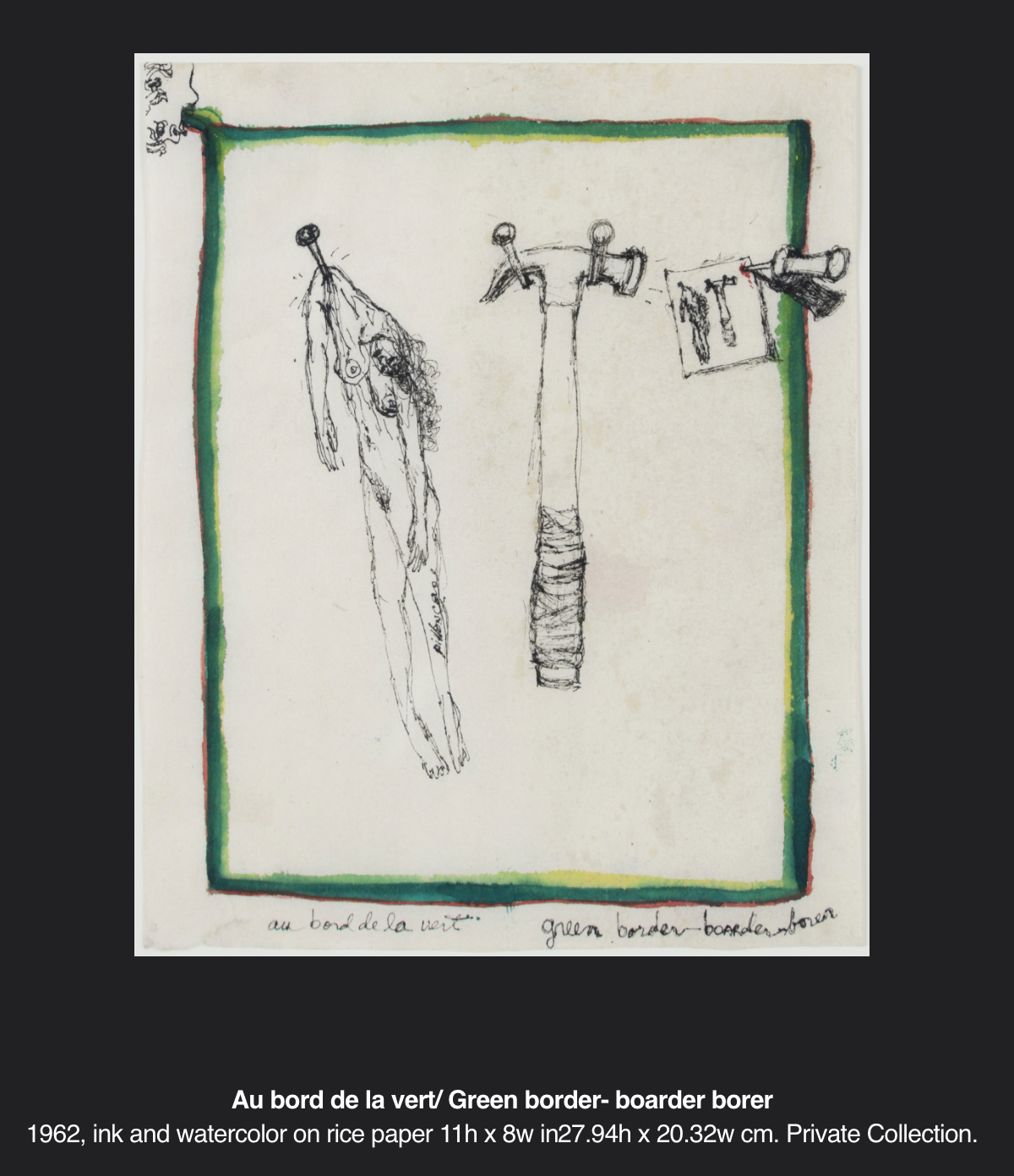
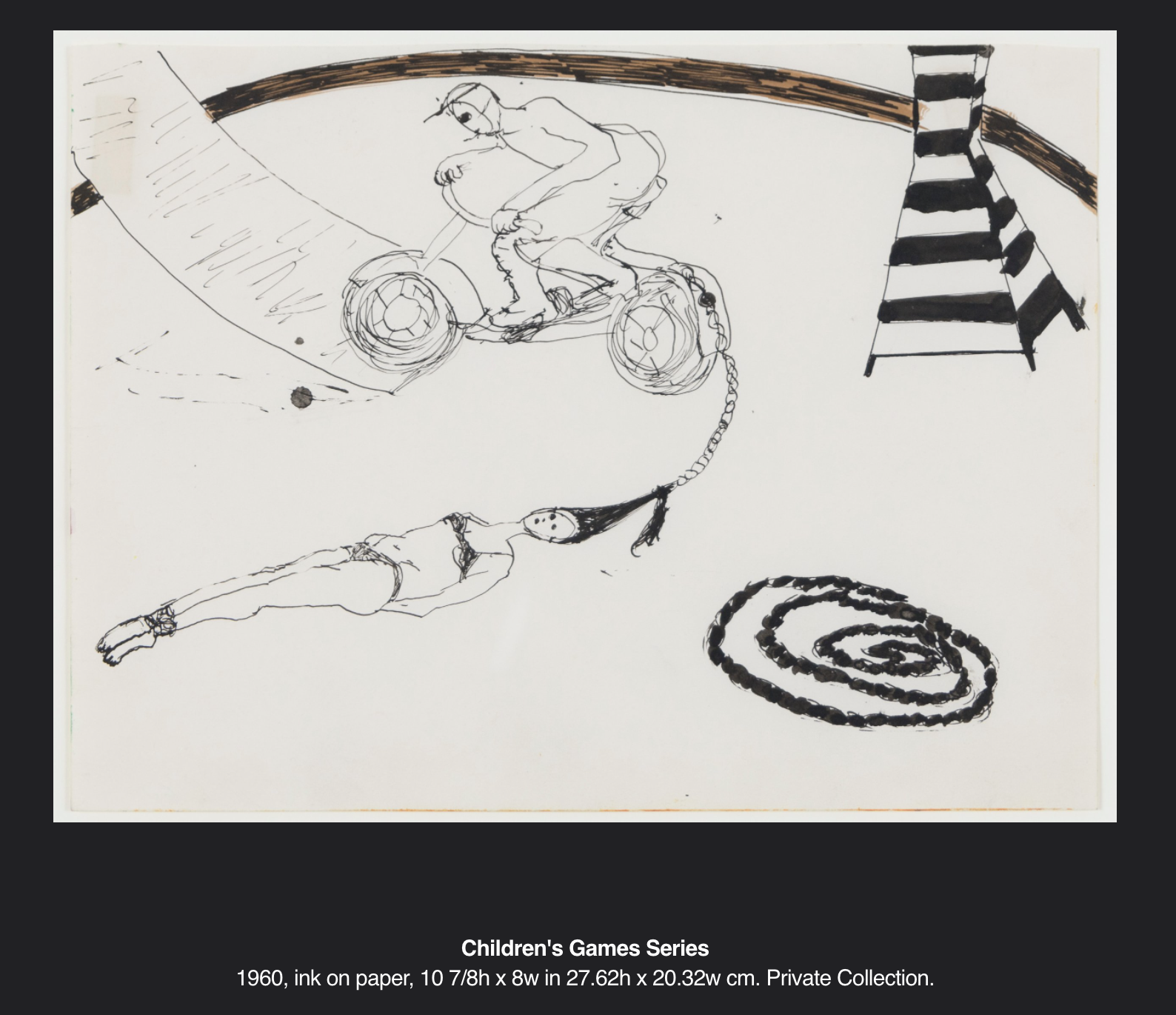
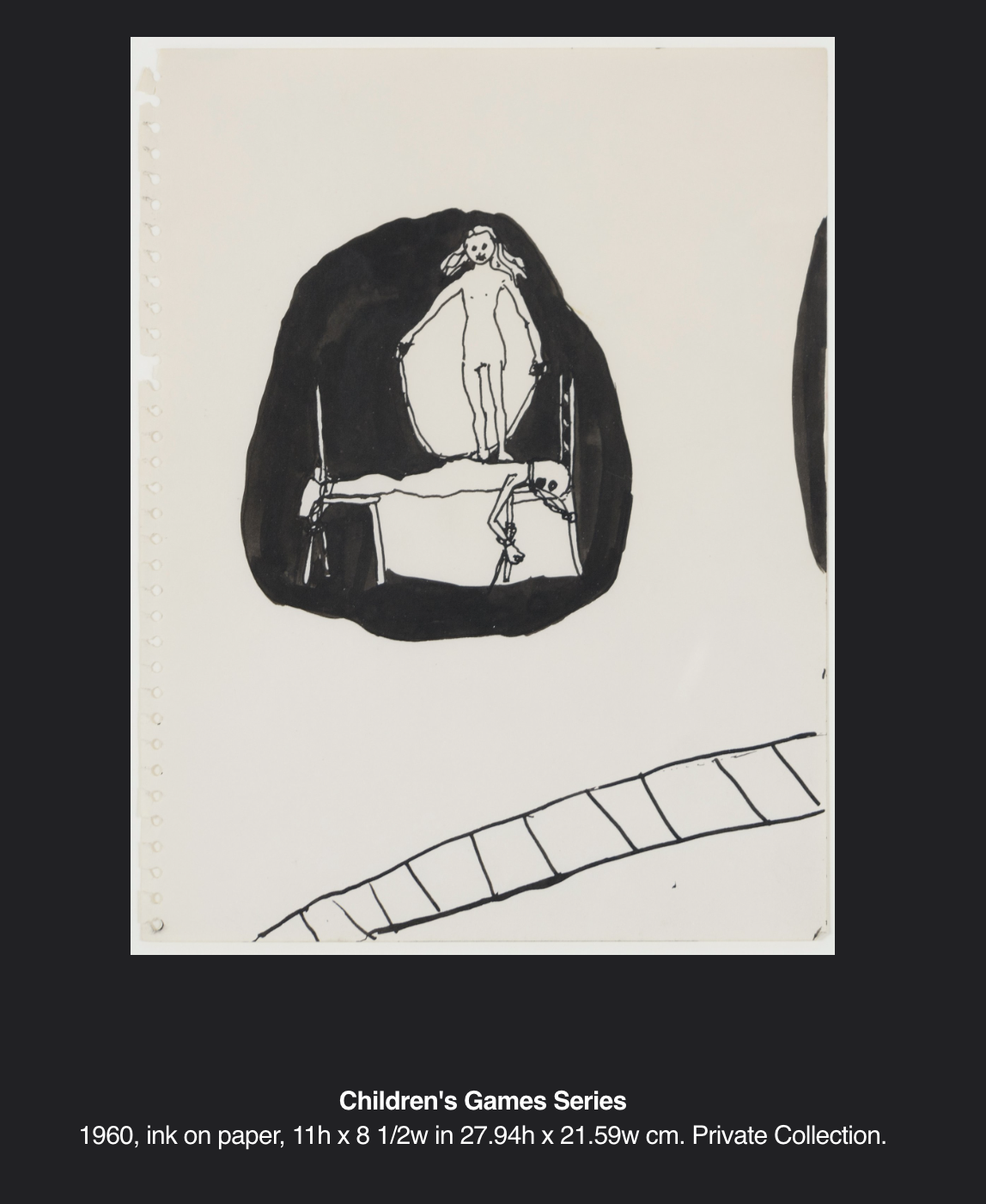

Early on, I made erotic water colors, but they were my private fantasies. I didn’t plan to show them. In 1959, Hank, my late husband, and I made a trip to Europe. We visited all the major art museums and churches, and that made a big impact on me. The first nude I did after that was of myself. I painted a portrait of myself in a mirror hanging on a wallpapered wall, doing a tattoo on the back of a model, who was also myself, the skin being a double canvas. I was really playing around with what was real and what was not real, what is a painting and what is not, Magritte’s “Ceci ne pas une Pipe,” type of thing. It was really what these wallpaper paintings were about. They led up to the large painting Flesh Wall – Female (1965), which came from an urge to work with flesh. Also, I thought it would be interesting to work with models. Being an artist was sort of like being God, Kunstkritikk, By Helena Lund Ek 03.11.20 Interview Artikel på svenska
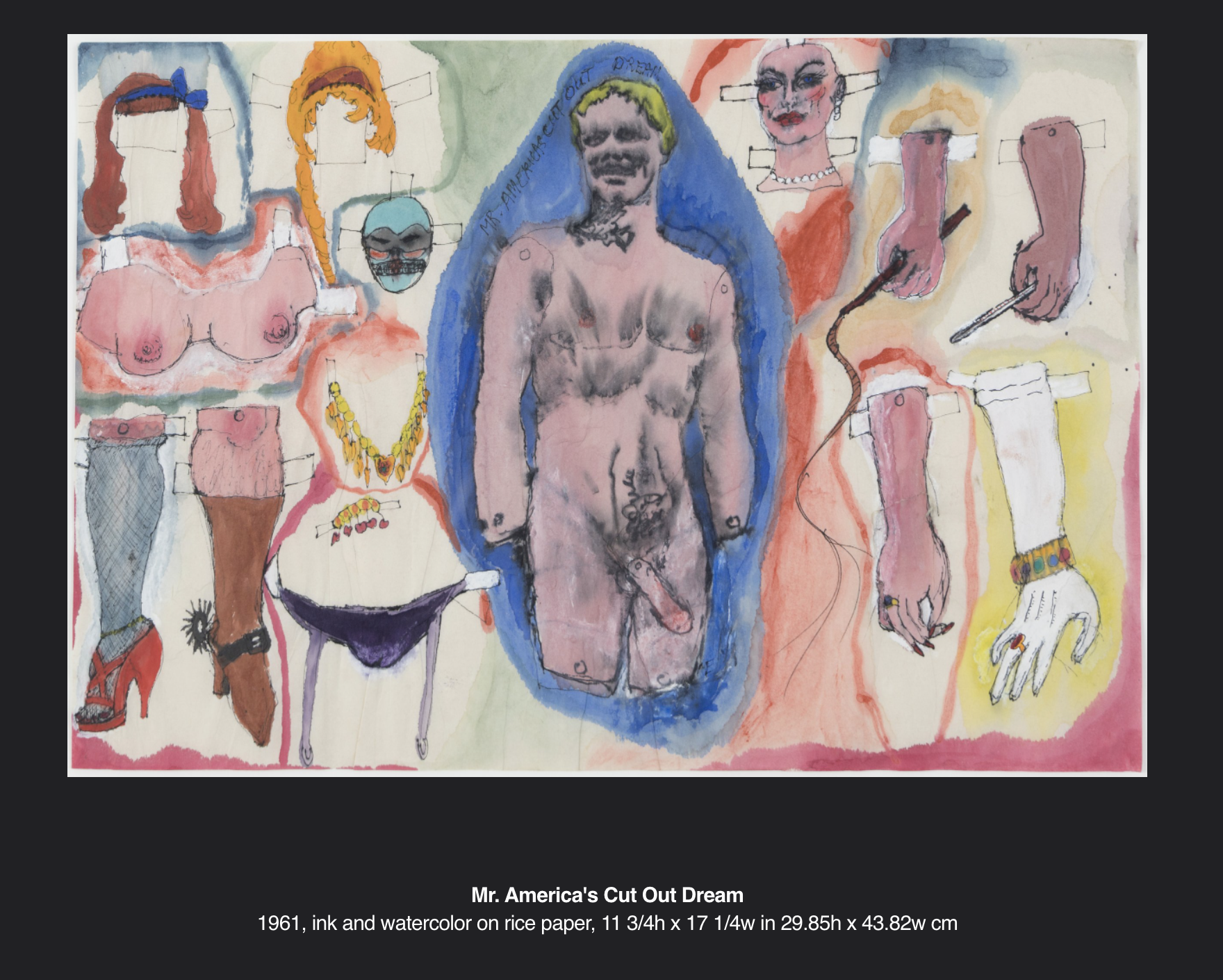
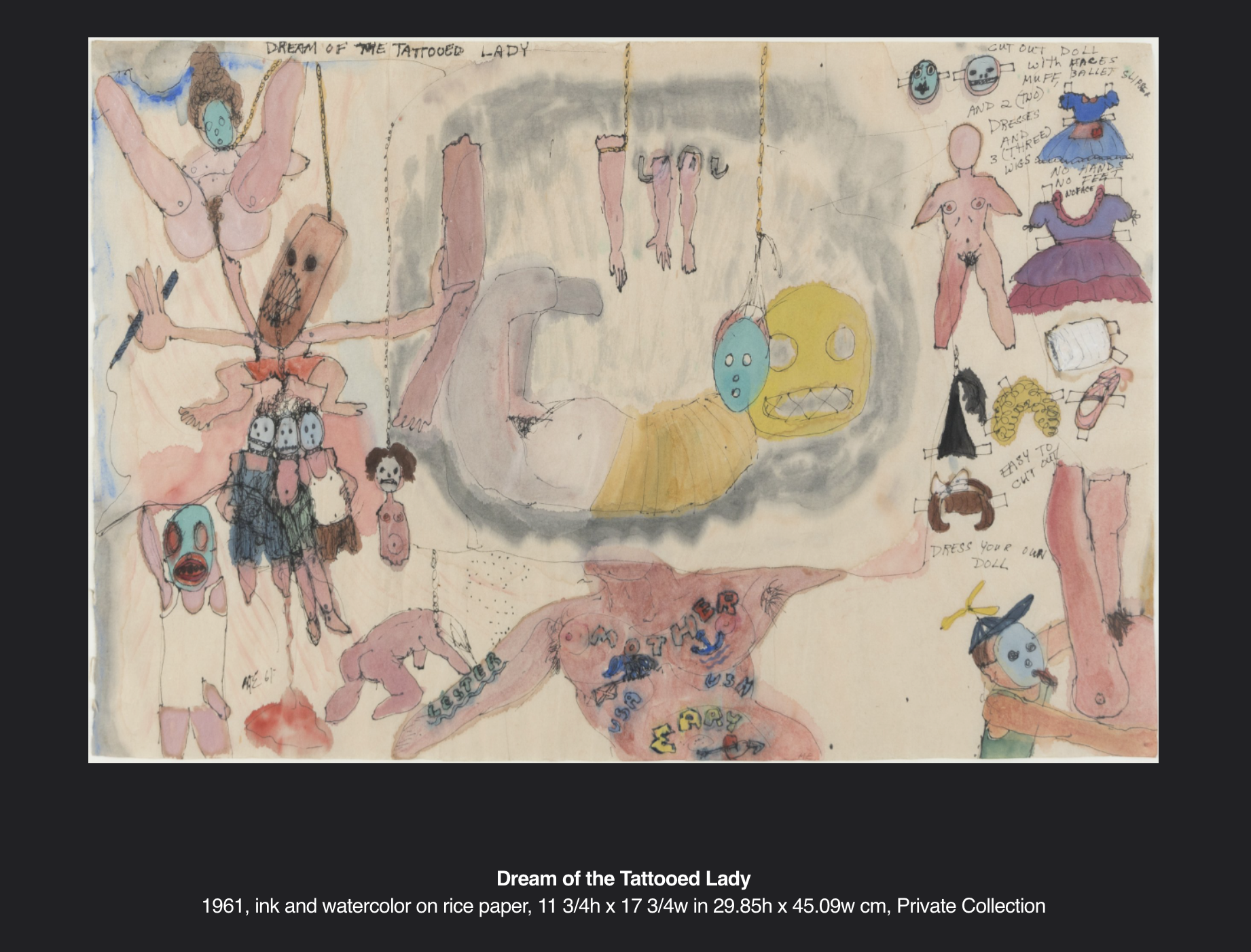
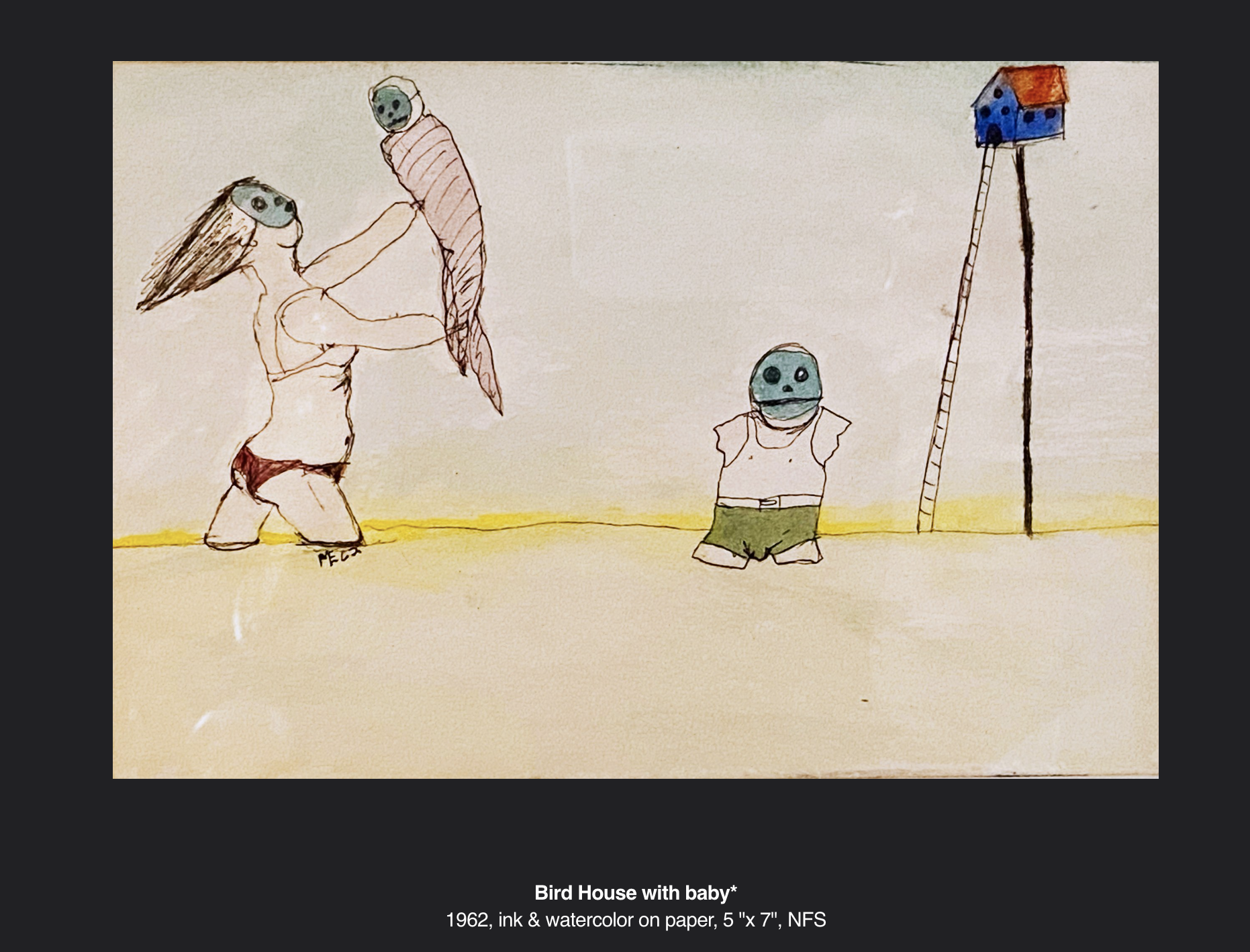
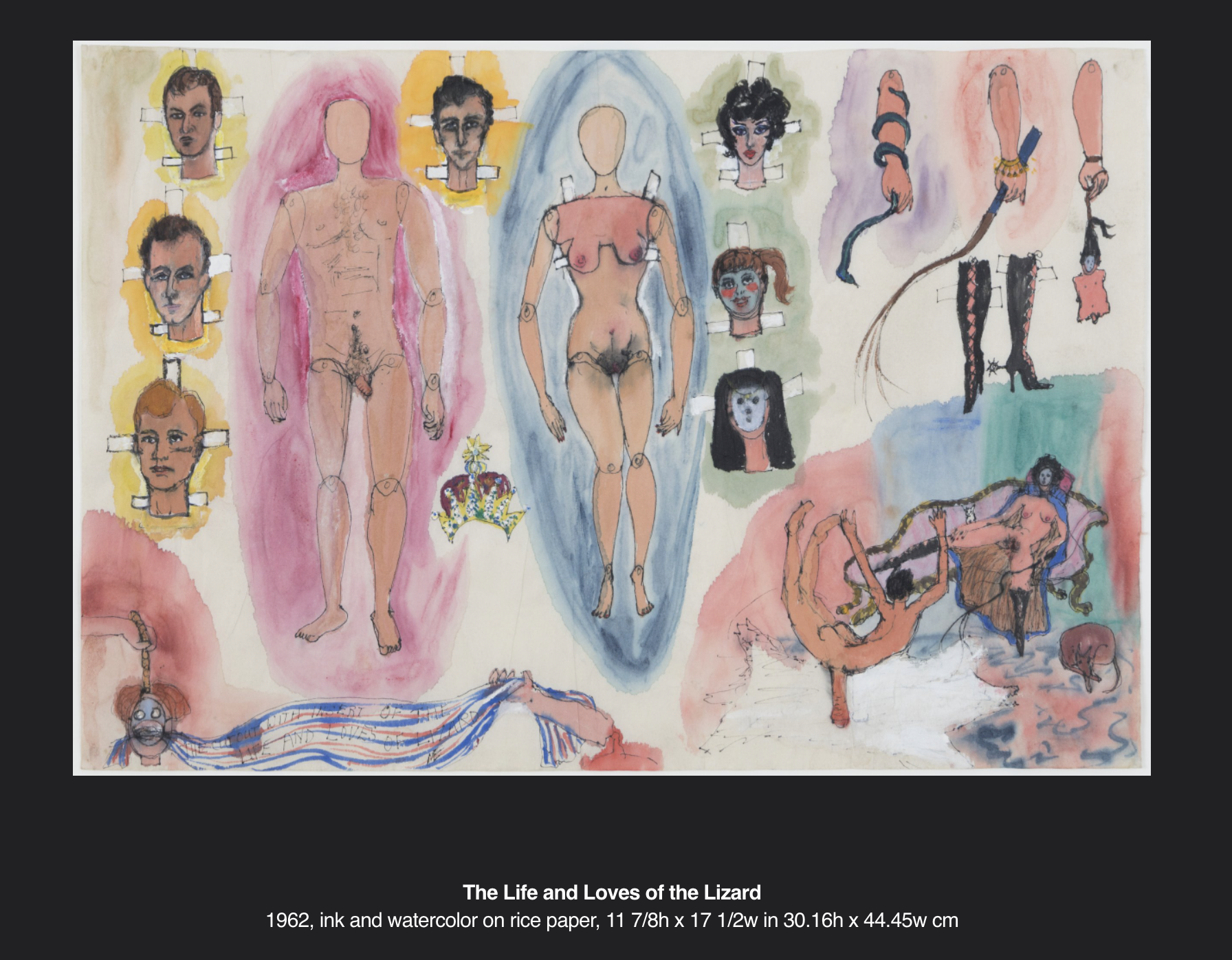
I remember I was working on Flesh Wall – Female when my friend Lucas Samaras brought Andy Warhol to my studio. Andy hated my nudes and the erotics; he absolutely hated them. But he loved my wallpaper paintings. That was before he did his wallpaper paintings. I was shocked to see them at the opening of his next show.

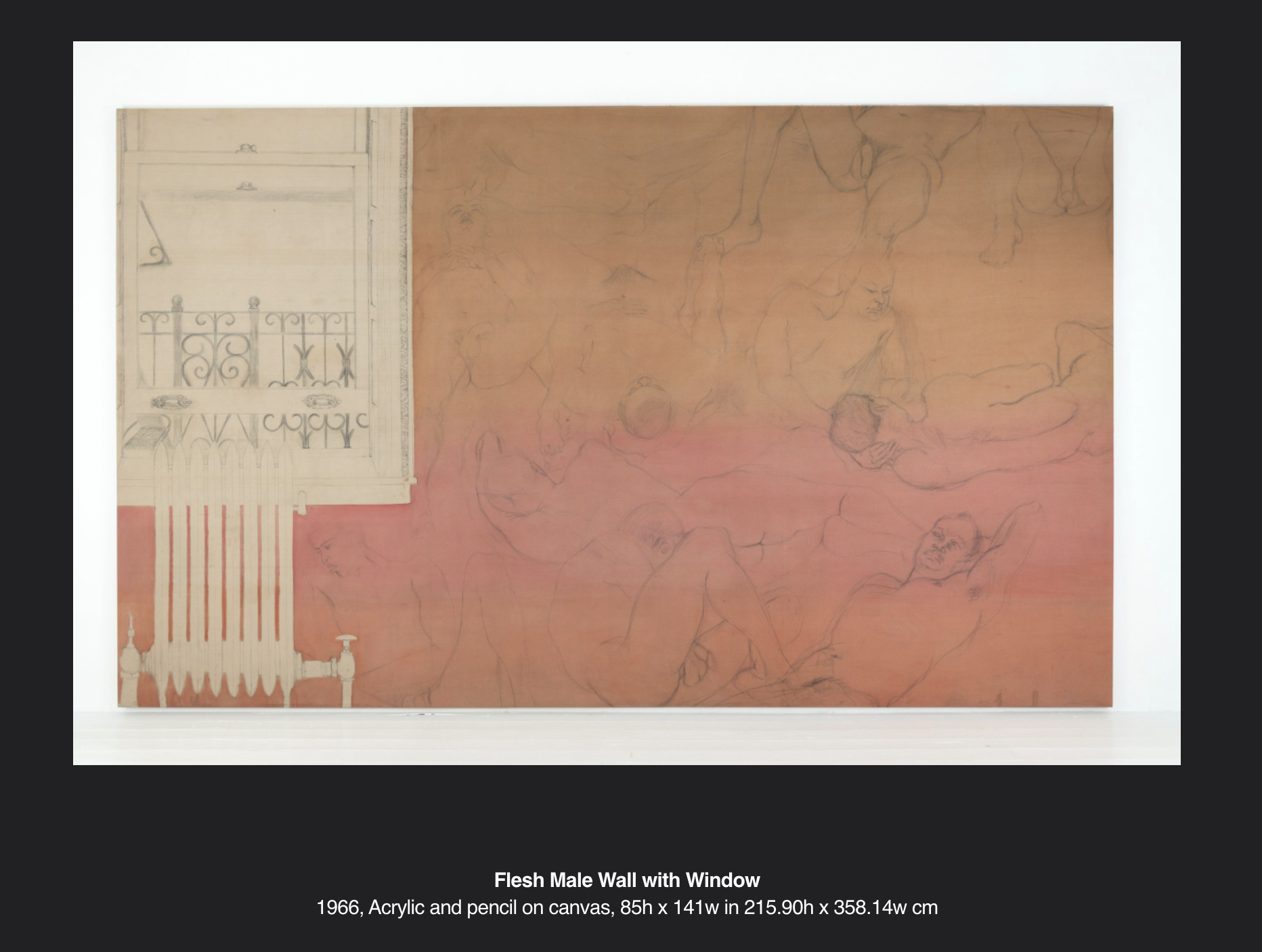
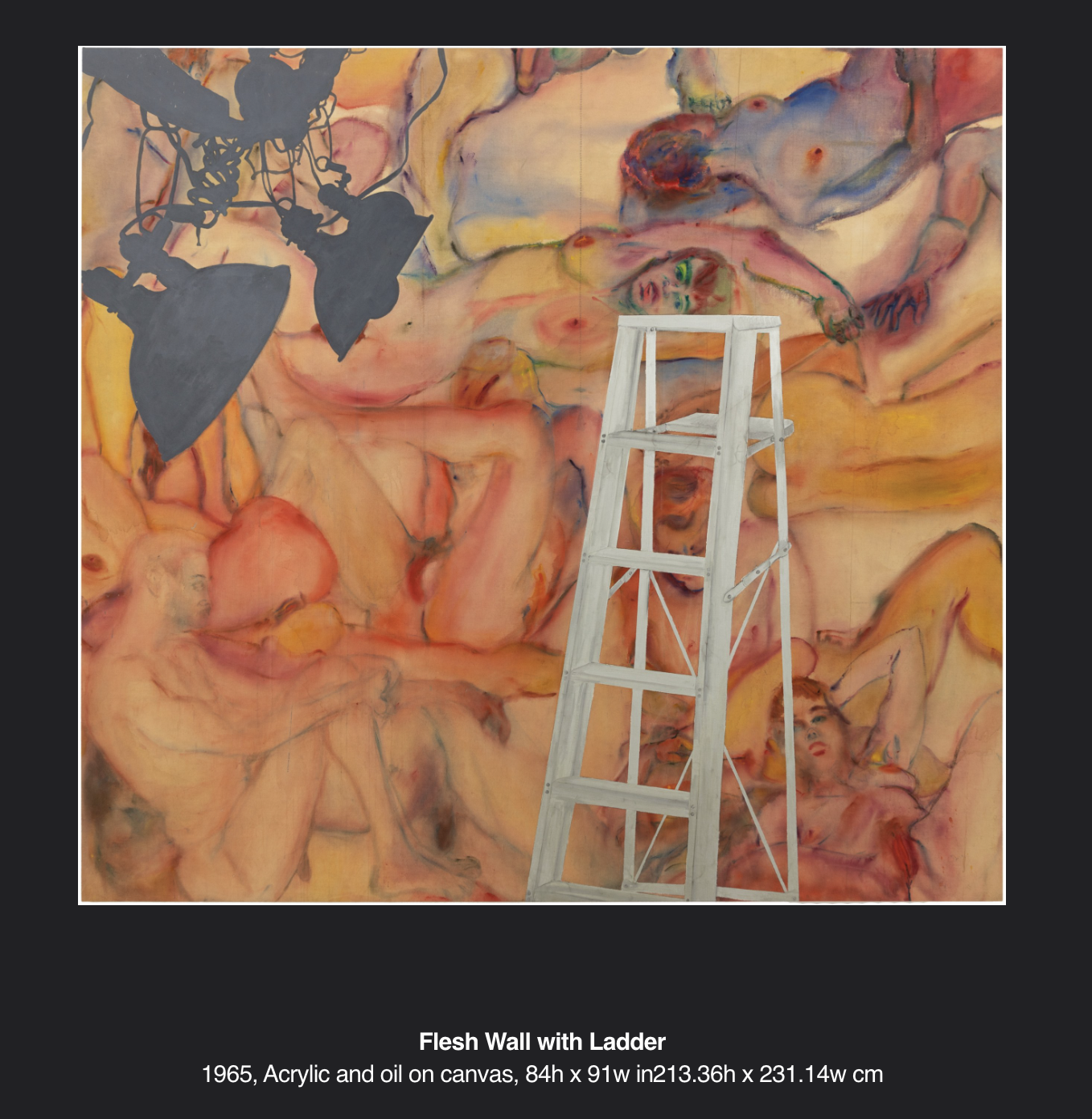
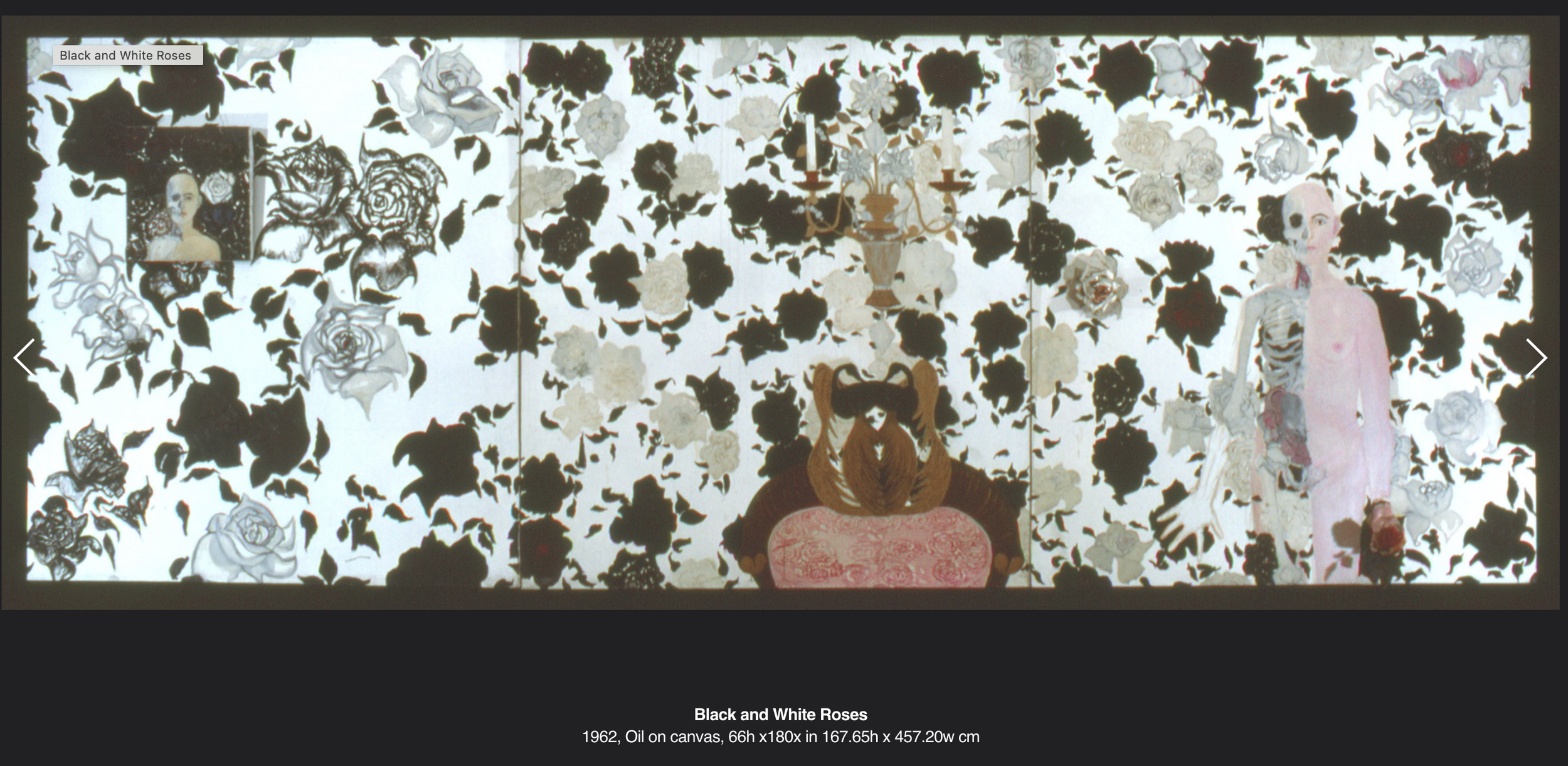
Then I had a show at the Byron Gallery in 1966 that included these works and also a mannequin that I had found on the streets that I cut up and turned into painted sculptures. The main art critic from the New York Times, John Canaday, spent several hours in the gallery, but then said to my dealer that he couldn’t review “that obscene woman.” Artists didn’t do what I was doing back then, not at all. If they did figures, they weren’t doing unclothed nudes. And if they did, they didn’t do male nudes and never female nudes which included the genitals. You could do boobs, but you couldn’t do vaginas or penises. Being an artist was sort of like being God, Kunstkritikk, By Helena Lund Ek 03.11.20 Interview Artikel på svenska
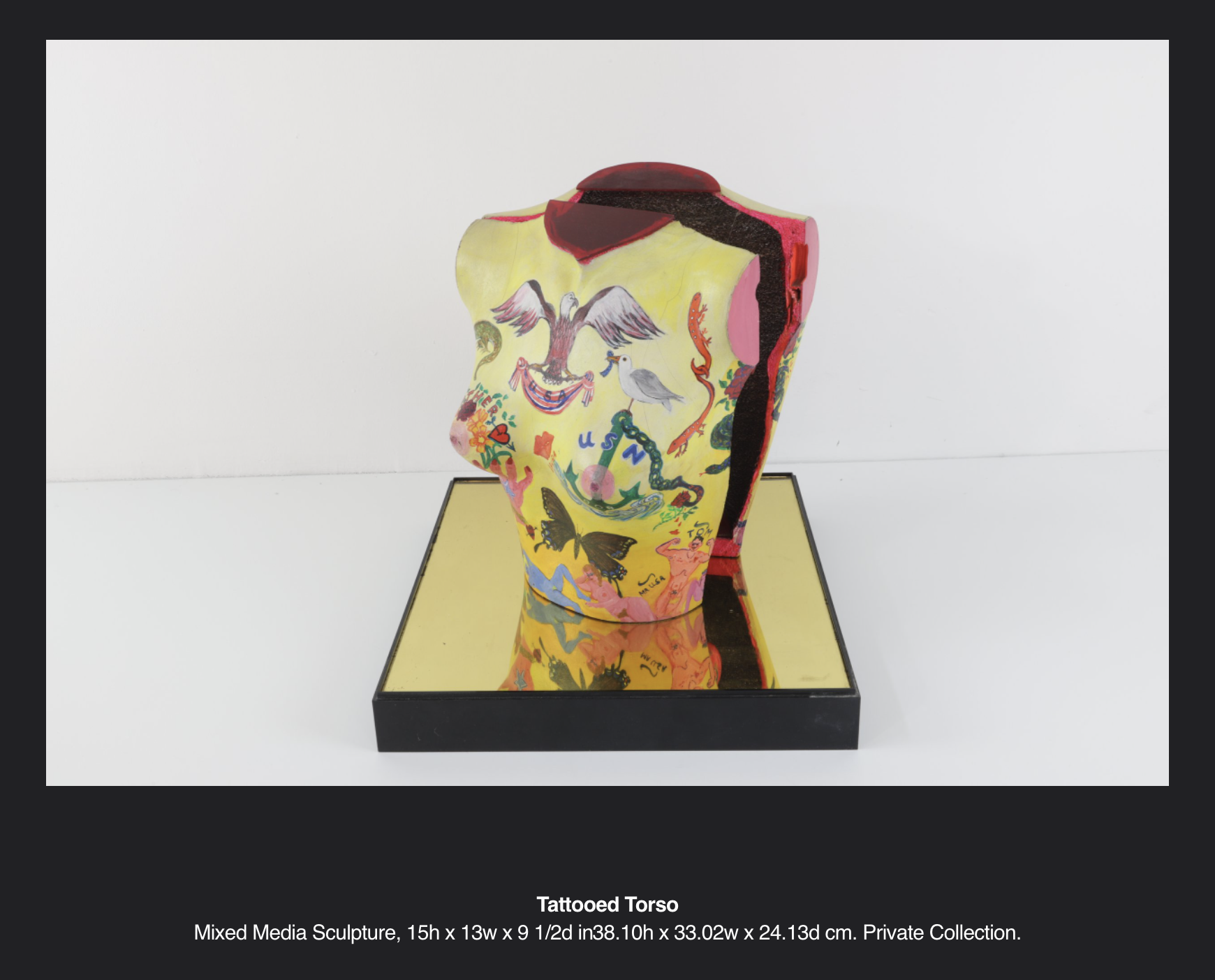
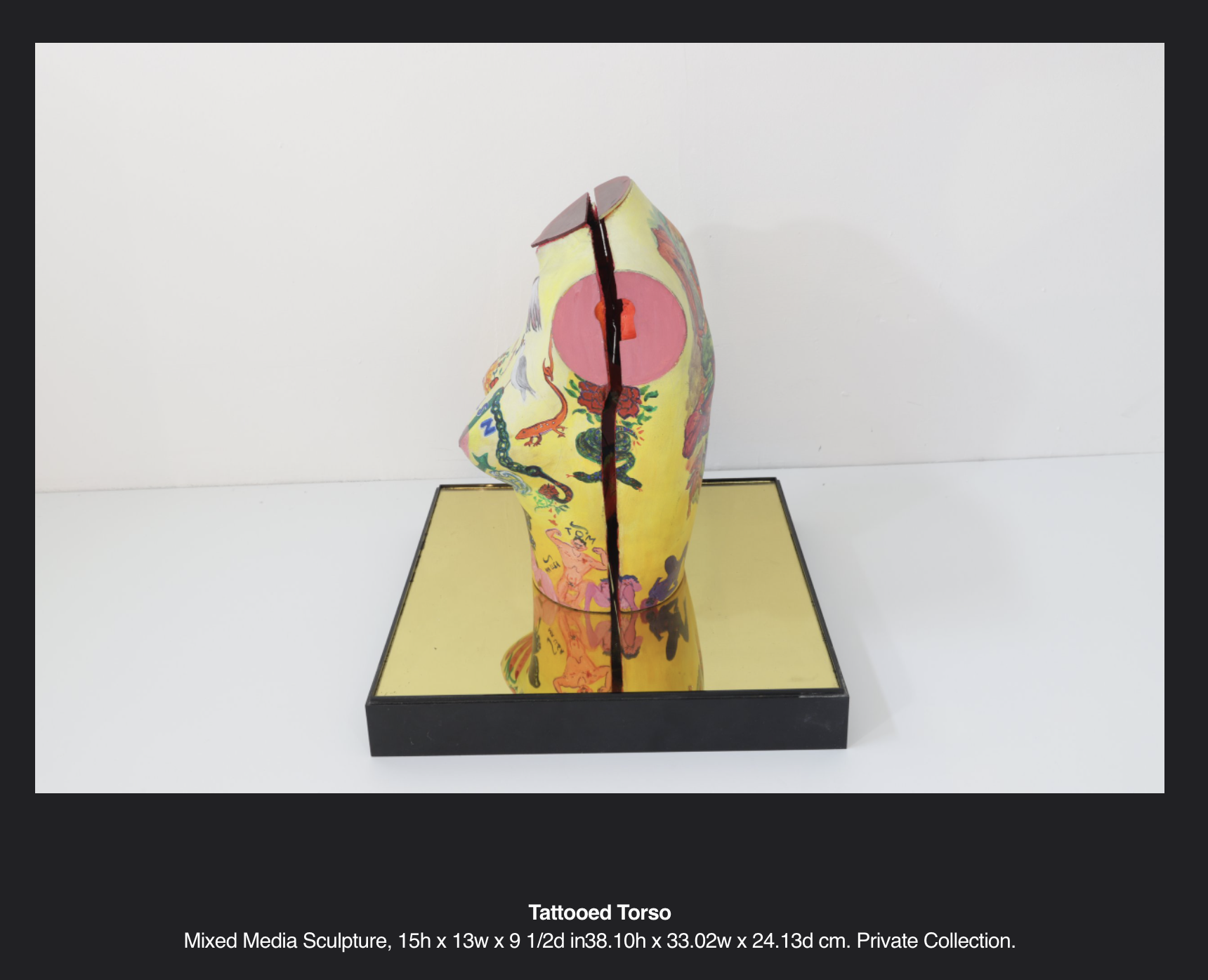

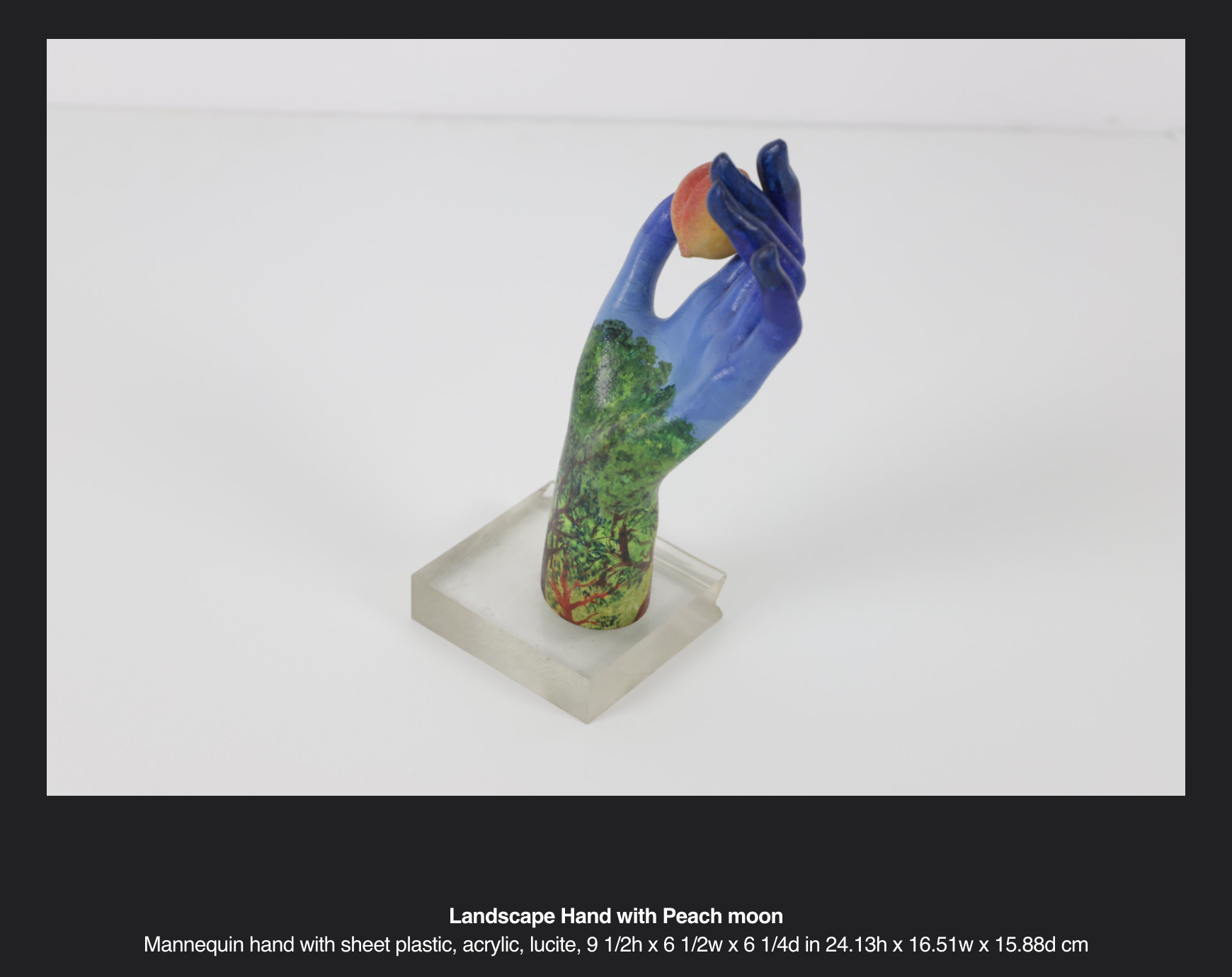
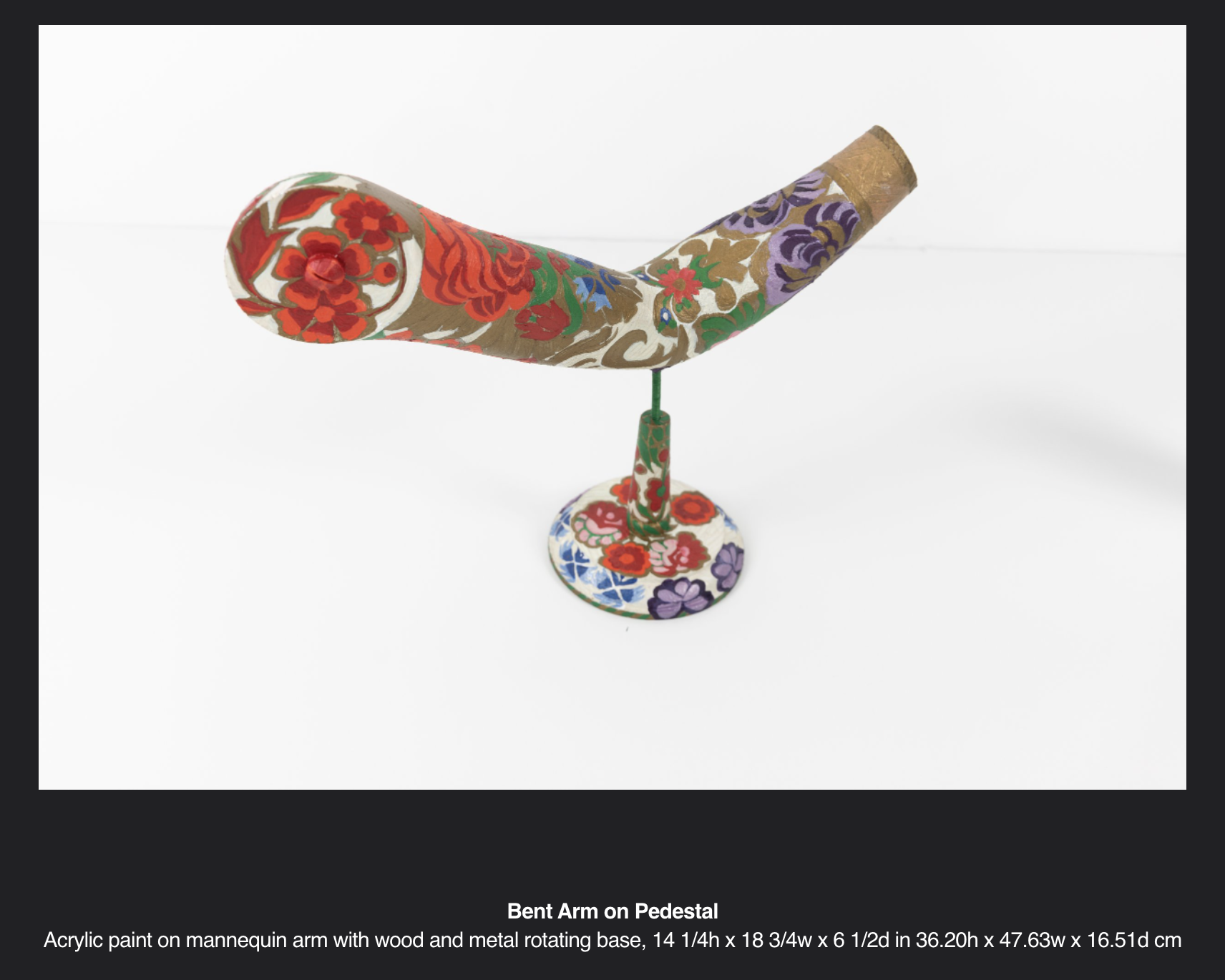
Martha Edelheit was a member of Fight Censorship (est. 1973), founded by Anita Steckel.[12] Fight Censorship was composed of several women artists whose work focused on eroticism, including Joan Semmel, Judith Bernstein, Hannah Wilke, Juanita McNeely, Barbara Nessim, Carolee Schneemann, Eunice Golden, and Joan Glueckman.[12] They lectured and educated the public about erotic art and the negative effects of censorship. In the 70’s, Edelheit’s film work was part of the Women/Artist/Filmmakers,Inc. which included the artists Doris Chase, Alida Walsh, Roz Schneider, Olga Spiegel, Carolee Schneemann, and Maria Lassnig.
Martha Edelheit’s “Tattooed Lady,” 1962, will be on-view at @thejewishmuseum as part of the museum’s forthcoming exhibition “New York: 1962–1964,” which opens July 22, 2022.
Photo: Phillip Leonian, 1973.
Edelheit in front of her 1966 painting Flesh Male Wall with Window during the group exhibition J.B. Cobb, Martha Edelheit, Ree Morton, at Artists Space, New York City , 1973.


